Inscriptions et monuments commémoratifs
Des plaques commémoratives sont apposées sur de nombreux lieux de mémoire du protestantisme. Des stèles ou des sculptures sont érigées pour commémorer certains événements. Des monuments magnifient l’épopée huguenote dans d’autres pays.
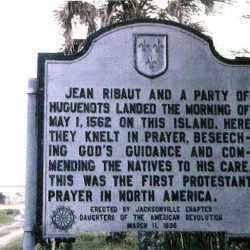
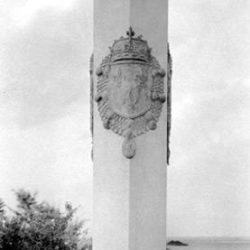
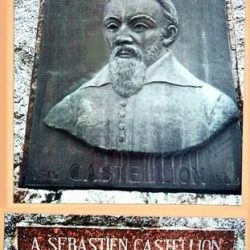
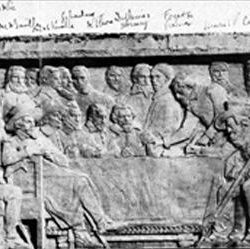
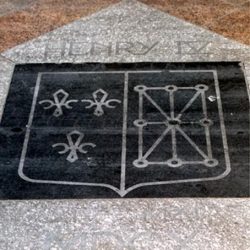
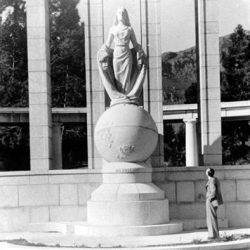
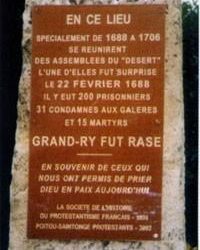
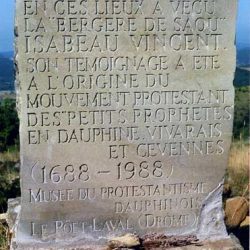
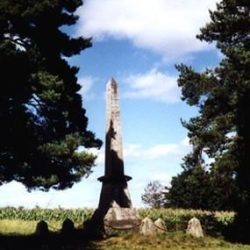
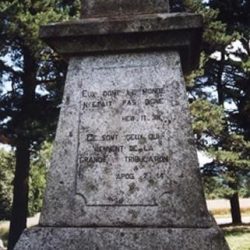
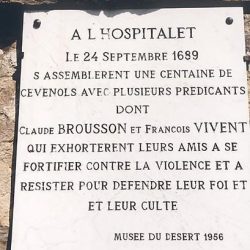
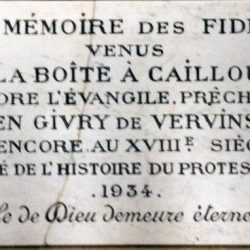
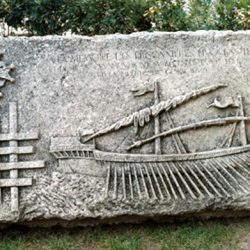
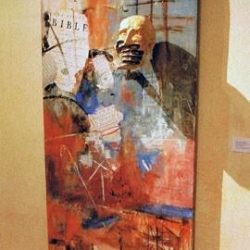
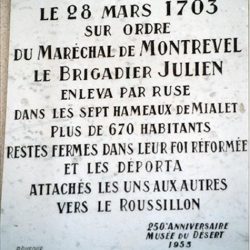
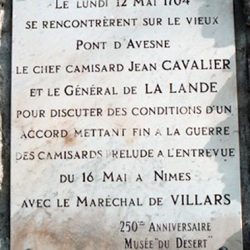
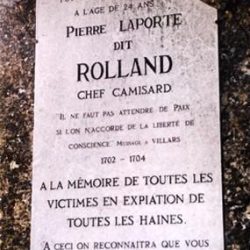
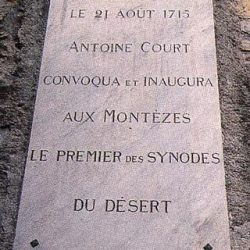
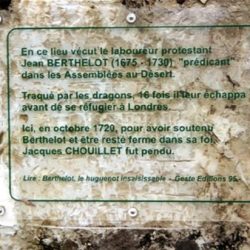
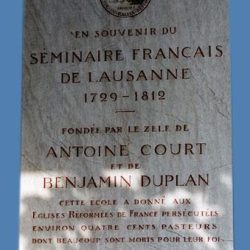
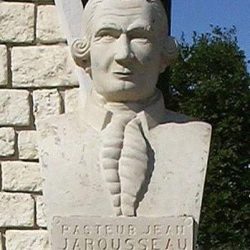
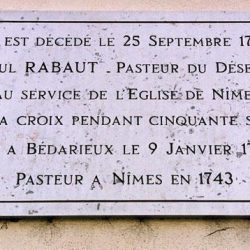
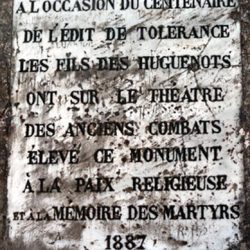
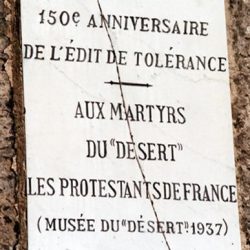
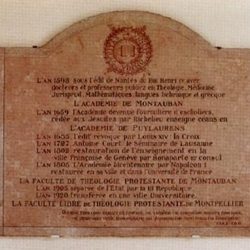
Associated notes
-
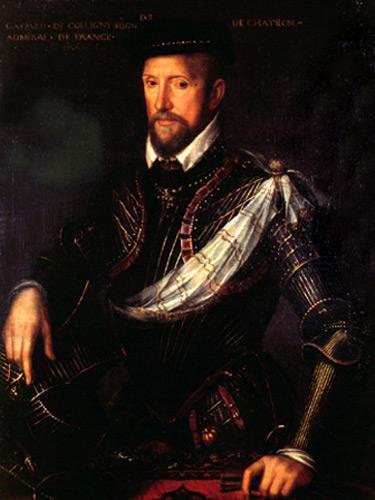
Gaspard de Coligny (1519-1572)
Gaspard de Coligny born in the influential Châtillon family, was naturally at the service of the King of France. However, after being made prisoner at the siege of Saint Quentin,... -

The Edict of Nantes (1598)
This was Henri IV’s major achievement : the terms of this edict ensured the peaceful coexistence of Catholics and Protestants and brought a stop to all hostilities in France after 36 years... -
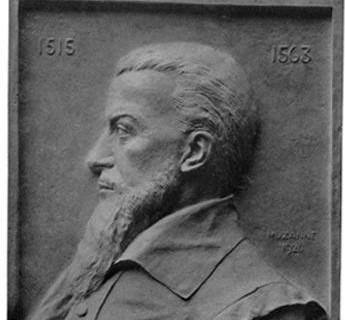
Sébastien Castellion (1515-1563)
Sébastien Castellion is looked upon today as an apostle of tolerance and freedom of thought. He maintained that the Bible could have several different interpretations, and that this implied a... -
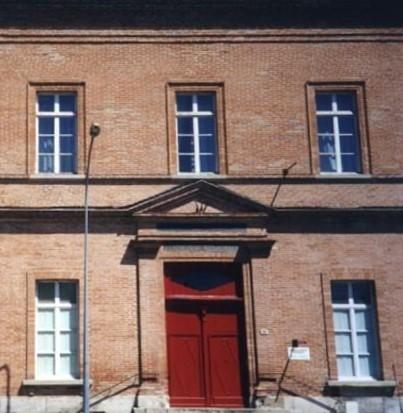
The Montauban Faculty of Theology in the 19th century
The faculty was founded in 1808-1810 and trained the majority of the Reformed Church pastors. After a somewhat tentative beginning, studies were reorganized by a decree initiated by Baron Cuvier... -
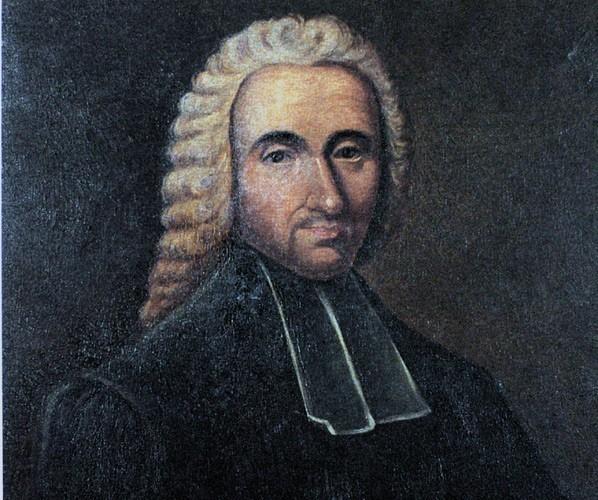
Paul Rabaut (1718-1794)
As a pastor in the “Churches of the Desert”, Paul Rabaut lived a secret and dangerous life -
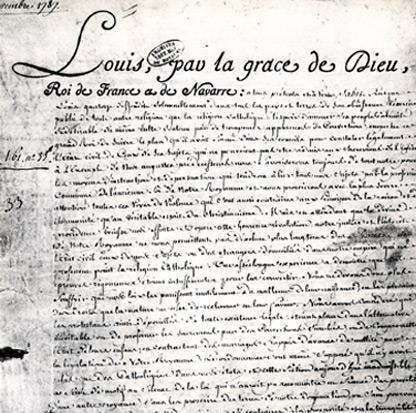
The Edict of Toleration (November 29th, 1787)
With this Edict, King Louis XVI granted the Protestants civil status. He secured their right to live in the kingdom without discrimination for religious reasons. -
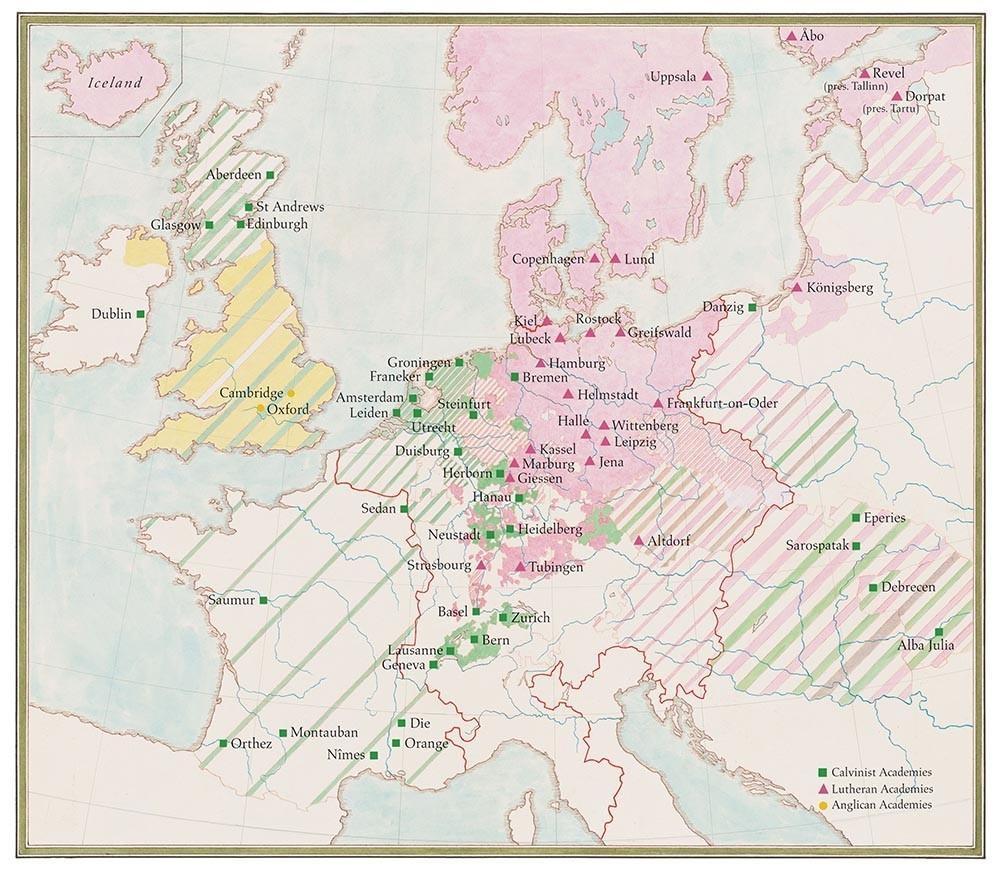
The Reformed Academies in the XVI th and XVIIth centuries
As early as 1565, the synods of the Reformed Churches undertook the training of pastors, encouraging churches to open colleges (a prerequisite for higher education) and universities or “academies” (after... -
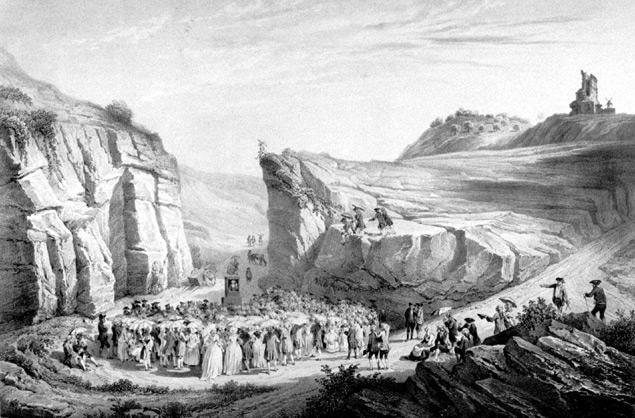
The secret meetings
Long before the Revocation of the Edict of Nantes in 1685, freedom of worship for Protestants was already being questioned. Following the Revocation of the Edict of Nantes, three quarters... -

Sentenced to the galleys
Roughly 550 galley-rowers spent up to thirty years of their life in galleys for refusing to renounce their faith. -
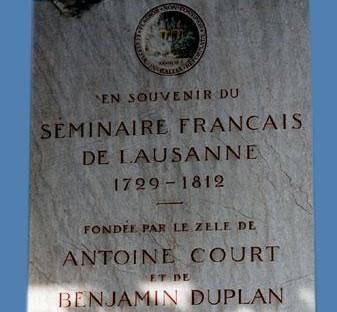
The Lausanne Theological Seminary (1726-1812)
The seminary in Lausanne was started at the instigation of Antoine Court. Its purpose was to train those called to the ministry in France during the “Desert” period. -
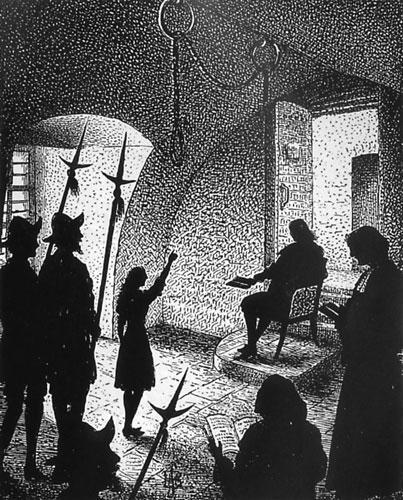
Prophetic Movement
In the years following the Revocation of the Edict of Nantes, a Prophetic Movement, quite alien to the Reformed tradition, stirred up Protestant peasants from the South of France and... -
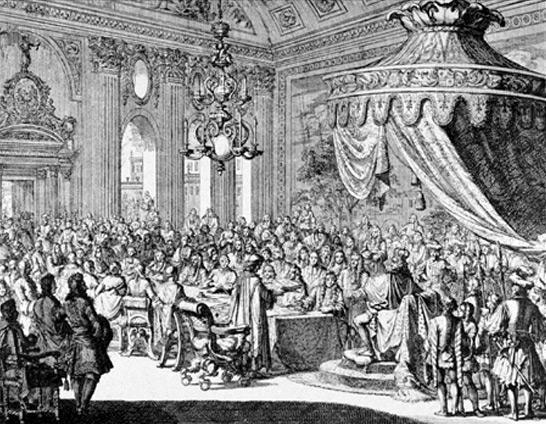
The period of the Revocation of the Edict of Nantes (1661-1700)
The Revocation of the Edict of Nantes by Louis XIV in 1685 led to the suppression of the Reformed Church in France and forced Protestants into exile or hiding. As... -
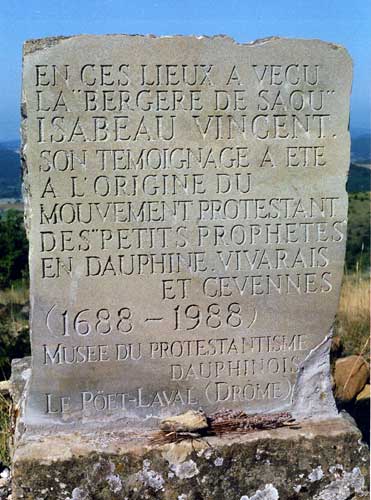
Isabeau Vincent
Isabeau Vincent, was a young shepherdess living near Crest, who started the protestant movement called the « minor prophets » in the Dauphiné, the Vivarais and the Cévennes. -
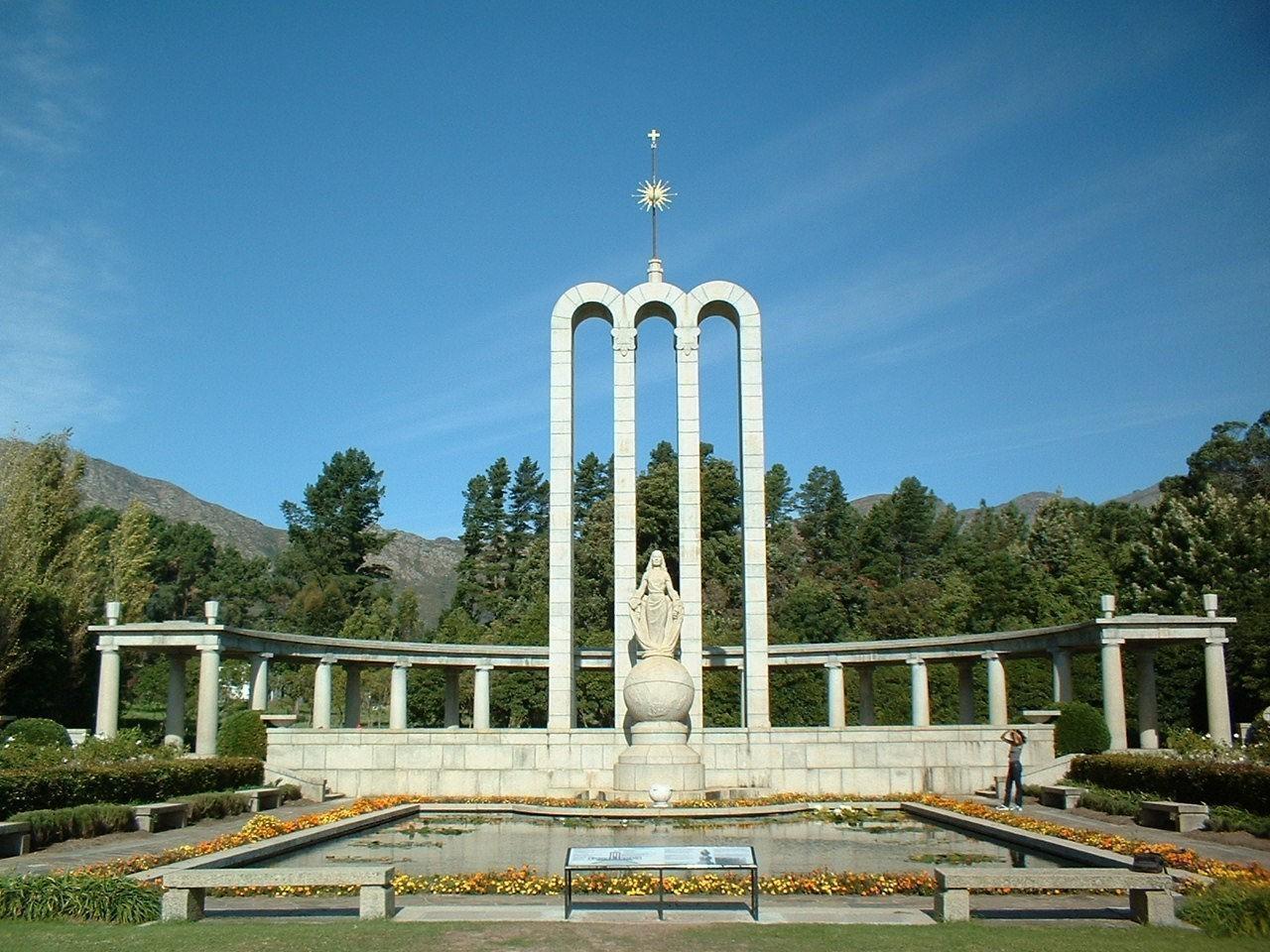
The Huguenots in South Africa
In the history of Protestantism, little is known about the emigration of Huguenots to South Africa, who, although few in number, had a lasting influence on the country. -
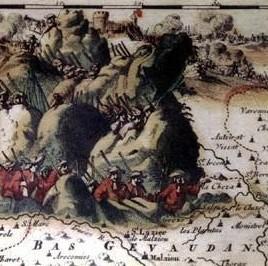
The war of the Camisards (1702-1710)
The « Cévennes war » was the name given in the 18th century to the guerrilla warfare that devastated the Cévennes in the early years of the century and tried to re-establish... -

Religion in the "Desert" period (1715-1787)
Following the Revocation of the Edict of Nantes, French Protestants recanted or went into exile. But among those who recanted, some continued to practice in secret, read the Bible and... -
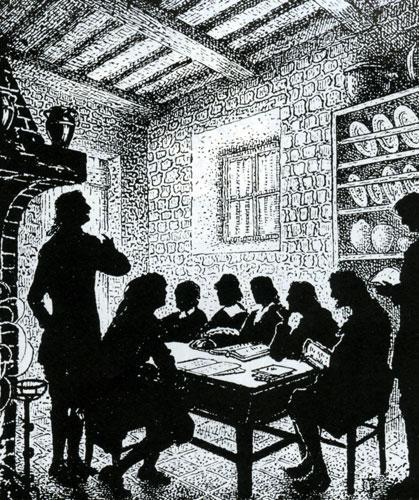
"Church of the Desert" Synods
During the time Protestant religious practice was banned in France, services were held in secret (“Church of the Desert” meetings) in many parts of the country, but particularly in the... -
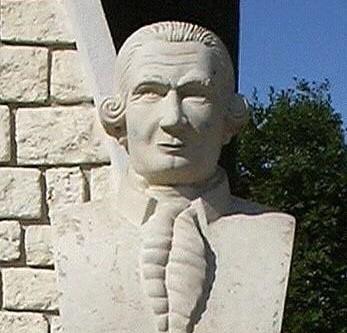
Jean Jarousseau (1729-1819)
A pastor in the “Church of the Desert”, Jean Jarousseau exercised his ministry in Saintonge at the end of the Heroic Period and during the time called the Period of... -

Protestantism in Poitou-Charentes
Poitou as well as Charentes were regions where Protestantism spread the fastest and was most deeply rooted. -
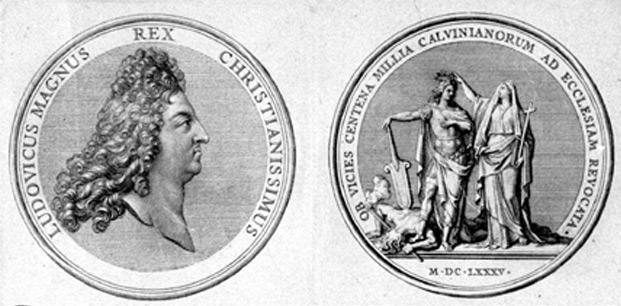
Médaille et histoire métallique au XVIIe siècle
La médaille retenue par les historiens de l’art comme un aspect mineur de la sculpture, est un témoin privilégié et immuable de l’histoire. -
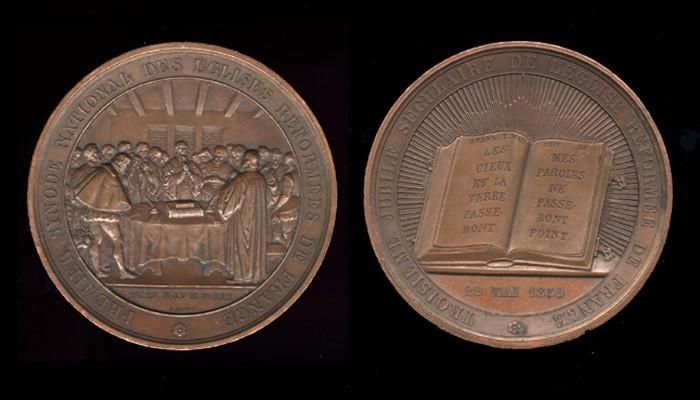
Médailles
Les médailles portent l’effigie de grandes figures protestantes ou commémorent des événements, qu’ils soient anciens ou contemporains.
